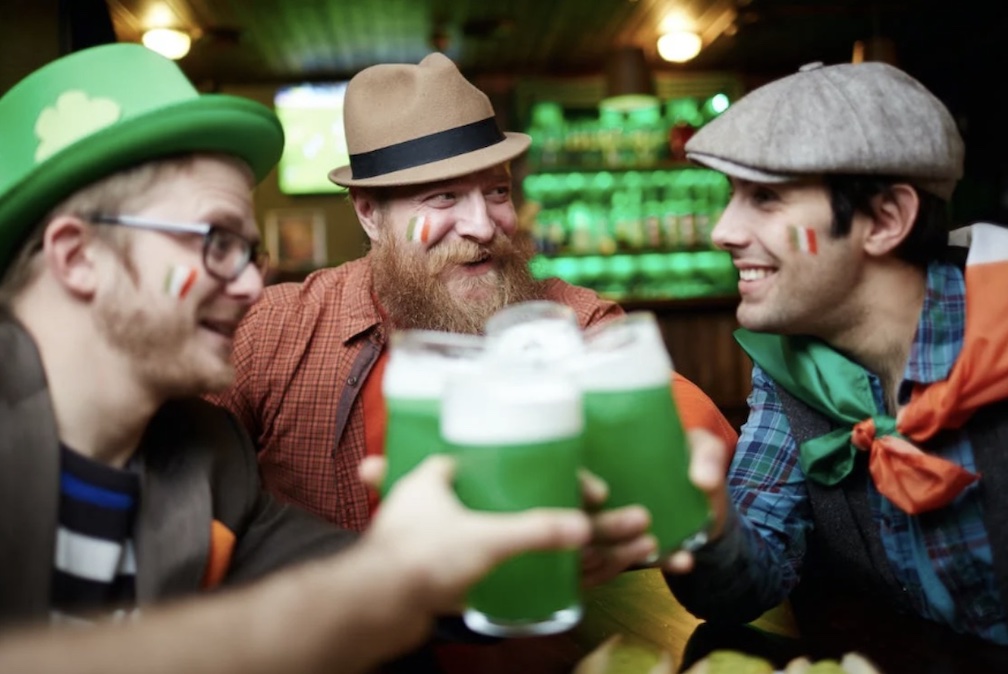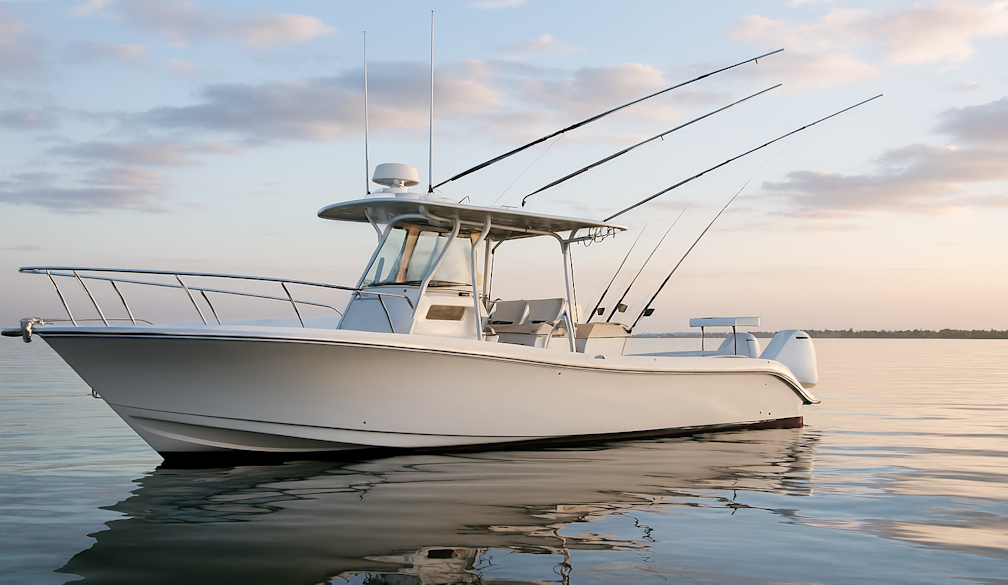The History and Symbolism of the Ireland Flag
- Written by Modern Australian

The flag of Ireland is a familiar sight to many people around the world, with its distinctive green, white, and orange stripes. But beyond its eye-catching design, the flag also has a rich history and powerful symbolism that reflects the identity and struggles of the Irish people.
In this article, we'll take a closer look at the history and symbolism of the Ireland flag. We'll explore how the flag came to be, what each of its colours represents, and why it continues to be an important symbol for the Irish people today. By understanding the story behind the flag, we can gain a deeper appreciation for Ireland's unique culture and history. Click here to find out more about the Ireland flag.
Key Takeaways:
- The Ireland flag was introduced in 1848 by Thomas Francis Meagher and was adopted as the official flag of the Irish Free State in 1922.- The three stripes of green, white, and orange on the Ireland flag represent the Irish landscape and Catholic community, peace and unity between Catholics and Protestants, and the Protestant community and the Orange Order, respectively.
- The Ireland flag is an important symbol of Irish identity and pride and is recognized around the world as a symbol of the country's rich cultural heritage.
- The Ireland flag has been used by a variety of Irish organizations and political movements over the years, including those advocating for Irish independence, civil rights, and peace and reconciliation.
- In Northern Ireland, the Ireland flag has been a source of controversy and division, but efforts have been made to promote it as a symbol of reconciliation and inclusivity.
- By understanding the history and symbolism of the Ireland flag, we can gain a deeper appreciation for Ireland's rich heritage and the resilience of its people.
History of the Irish Flag
The Ireland flag, also known as the Irish tricolor, was first introduced in 1848 by Thomas Francis Meagher, a leading figure in the Irish nationalist movement. Meagher designed the flag to represent the shared heritage of Irish people from different religious backgrounds, with each color symbolizing a different aspect of Irish identity.
The green stripe on the flag represents Ireland's Catholic population, who were traditionally associated with the color green. The orange stripe represents Ireland's Protestant population, who were associated with the color orange due to their historical links to the British monarchy. Finally, the white stripe in the middle represents the hope for peace and unity between these two communities.
The flag became a symbol of Irish nationalism in the late 19th and early 20th centuries, as the country fought for independence from British rule. It was flown alongside other symbols of Irish identity, such as the harp and the shamrock, at political rallies and other events.
In 1916, the Ireland flag was famously raised above the General Post Office in Dublin during the Easter Rising, a rebellion against British rule that ultimately led to the creation of the Irish Free State. Since then, the flag has been used by a variety of Irish organizations and political movements, and it is now the official flag of the Republic of Ireland.
Despite its long history and significance to the Irish people, the design of the Ireland flag has actually undergone a number of changes over the years. In the early versions of the flag, the green and orange stripes were wider than the white stripe, and the shades of green and orange varied. However, the current design, which features three equal stripes of green, white, and orange, was officially adopted in 1922.
Symbolism of the Irish Flag
Each element of the Ireland flag has its own symbolic meaning, which reflects the country's history and culture. The green stripe represents the Irish landscape, which is known for its rolling hills and lush vegetation. It is also associated with Ireland's Catholic community, who have historically used green as a symbol of their faith and national identity.
The white stripe in the middle of the flag represents the aspiration for peace and unity between Ireland's two main communities, Catholics and Protestants. This symbol of hope was particularly significant during the years of political violence and sectarian conflict known as the Troubles, which lasted from the late 1960s to the late 1990s.
The orange stripe on the flag represents Ireland's Protestant community, as well as the orange Order, a Protestant fraternal organization that celebrates the Glorious Revolution of 1688, in which William of Orange (who was Dutch and Protestant) defeated King James II (who was Catholic) to become the King of England, Scotland and Ireland.
Together, the three colors of the Ireland flag represent the shared heritage and aspirations of all Irish people, regardless of their religion or political affiliation. The flag is a powerful symbol of Irish identity and unity, and is recognized around the world as a symbol of the country's rich cultural heritage.
Cultural and Political Significance
The Ireland flag has been used by a variety of Irish organizations and political movements over the years, and it continues to be an important symbol of Irish identity and pride. The flag is flown on many public buildings and private homes throughout Ireland, and it is also displayed at sporting events, cultural festivals, and political rallies.
In Northern Ireland, the flag has been a source of controversy and division, as some Protestants see it as a symbol of Irish nationalism and therefore refuse to fly it. However, efforts have been made to promote the flag as a symbol of reconciliation and inclusivity, and it is now used by many community groups and organizations in both Catholic and Protestant areas.
The Ireland flag has also been used in protests and other events around the world, particularly in countries with large Irish communities. For example, the flag has been flown at St. Patrick's Day parades in New York, Boston, and other cities, and it has been used by Irish-Americans to show support for Irish independence and other political causes.
Overall, the Ireland flag is a powerful symbol of Ireland's unique culture and history, as well as its ongoing struggles for peace and unity. By understanding the history and symbolism of the flag, we can gain a deeper appreciation for Ireland's rich heritage and the resilience of its people.
ConclusionThe Ireland flag is a powerful symbol of Irish identity and pride, with a rich history and deep symbolism that reflect the country's unique culture and struggles. Its design, with its three stripes of green, white, and orange, represents the shared heritage and aspirations of all Irish people, regardless of their religion or political affiliation.
While the flag has been used by a variety of Irish organizations and political movements over the years, it remains an important symbol of peace, unity, and reconciliation. As Ireland continues to navigate its complex political and cultural landscape, the flag will undoubtedly play an important role in shaping its future.
By understanding the history and symbolism of the Ireland flag, we can gain a deeper appreciation for the resilience and strength of the Irish people, and the enduring power of their cultural traditions. Whether displayed on public buildings or flown at private homes, the Ireland flag is a symbol of hope and pride for Irish people around the world.
FAQs
What is the history of the Irish flag?
The Ireland flag was first introduced in 1848 by Thomas Francis Meagher, an Irish nationalist and leader of the Young Ireland movement. It was adopted as the official flag of the Irish Free State in 1922, and has been used by Ireland ever since.
What do the colours of the Irish flag represent?
The green stripe represents the Irish landscape and Catholic community, the white stripe represents peace and unity between Catholics and Protestants, and the orange stripe represents the Protestant community and the Orange Order.
Why is the Ireland flag important to Irish people?
The Ireland flag is a symbol of Irish identity and pride, and is recognized around the world as a symbol of the country's rich cultural heritage. It is flown on many public buildings and private homes throughout Ireland, and is also displayed at sporting events, cultural festivals, and political rallies.
Has the Ireland flag been used in political protests or movements?
Yes, the Ireland flag has been used by a variety of Irish organizations and political movements over the years, including those advocating for Irish independence, civil rights, and peace and reconciliation.
Is the Ireland flag controversial?
In Northern Ireland, the Ireland flag has been a source of controversy and division, as some Protestants see it as a symbol of Irish nationalism and refuse to fly it. However, efforts have been made to promote the flag as a symbol of reconciliation and inclusivity, and it is now used by many community groups and organizations in both Catholic and Protestant areas.




























